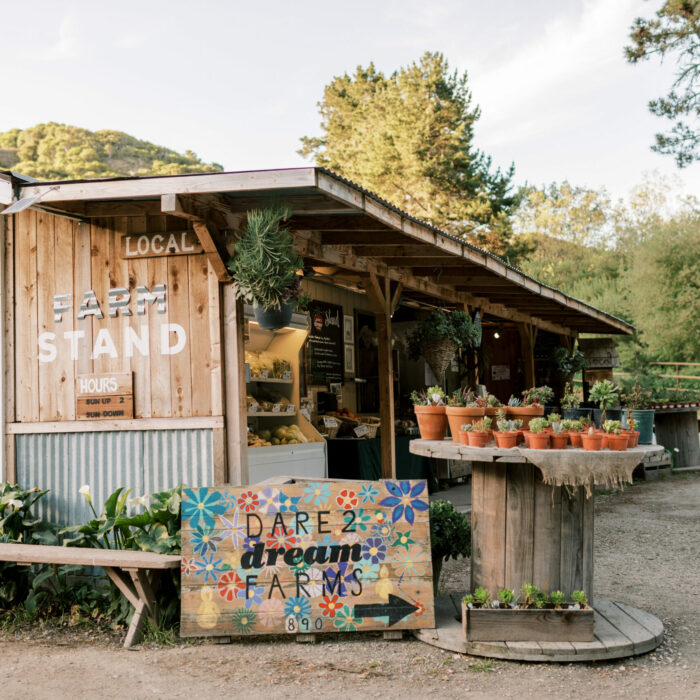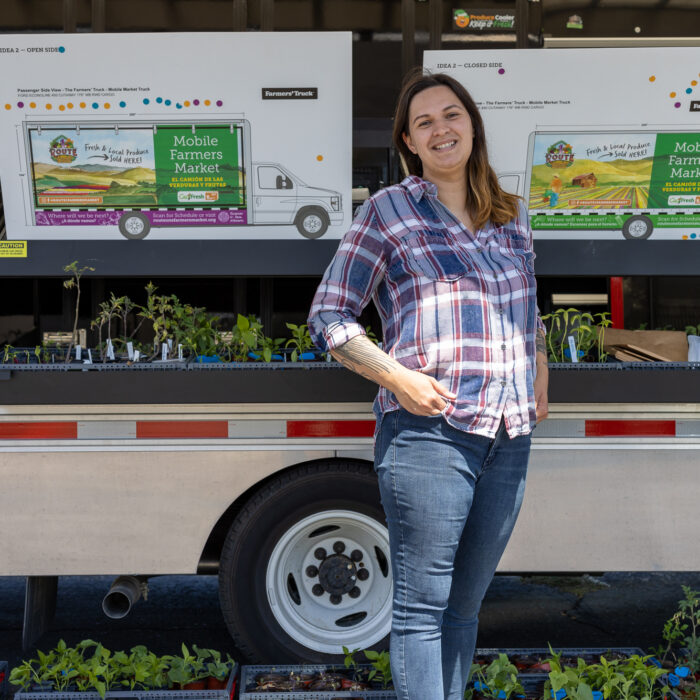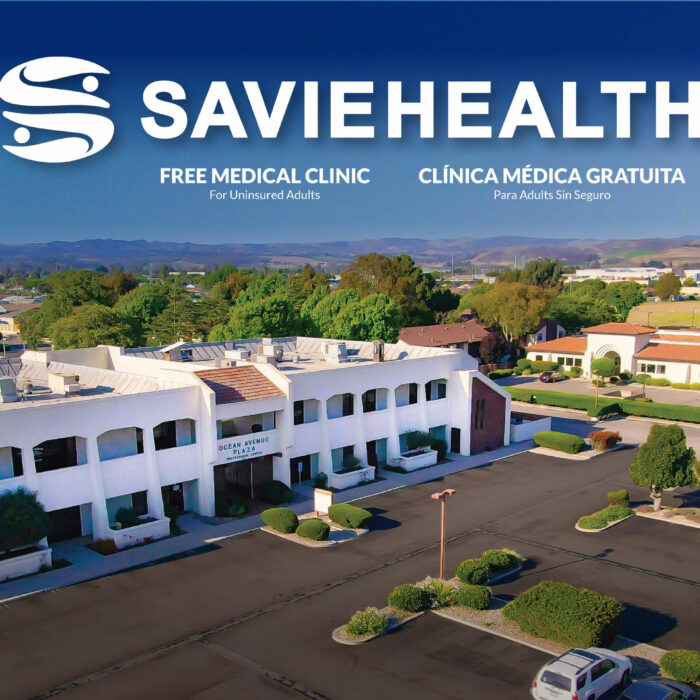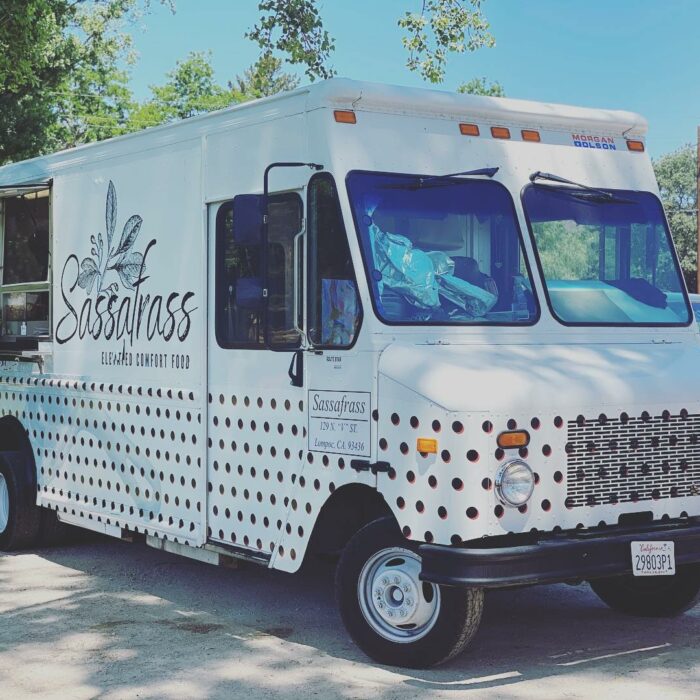The Lompoc region was first home to the Chumash, who lived in the Valley for nearly 10,000 years before European contact. The origin of Lompoc’s name (pronounced lom-poke) derives from the Chumash village place name, with various meanings such as lakes and lagoons. In 1888, the City of Lompoc was incorporated and established as a farming community and has since had a rich agricultural history. Just a 10-minute drive from the ocean, the Valley’s fertile soil and temperate climate make this region a prime location for growing asparagus, broccoli, cauliflower, lettuce, artichokes, carrots, cabbage, celery, spinach, strawberries, kale, parsley, brussel sprouts, snap peas, cilantro, and walnuts.
While agriculture is the region’s number one economic driver, not everyone has equitable access to this bountiful harvest. Many residents experience barriers in accessing locally grown produce and report having felt unable to provide enough food to meet their needs. According to the 2021 U.S. Census, Lompoc’s poverty rate was 17.6% compared to Santa Barbara County’s 10.5% average.
Many food system actors in the region – farmers, ranchers, farmers market managers, food business owners, and educators alike– are taking action and accelerating community-led food system solutions to build a more equitable, closed-loop food systemClosed-Loop Food System: As opposed to a linear food system that follows consumption of food from field to plate to waste, a closed loop food system is a more sustainable model that follows food from field to plate to field with little or no waste., increase food accessFood Access: A person’s ability to access food while considering many barriers such as geography, transportation, availability of healthy foods, and affordability. and nutrition securityFood Security / Food Insecurity: Food security refers to the economic and social condition of reliable access to an adequate amount of food for an active, healthy life for all household members. A household is food insecure when food security does not exist., develop regional infrastructure, and equip the next generation of leaders for careers in agriculture.










